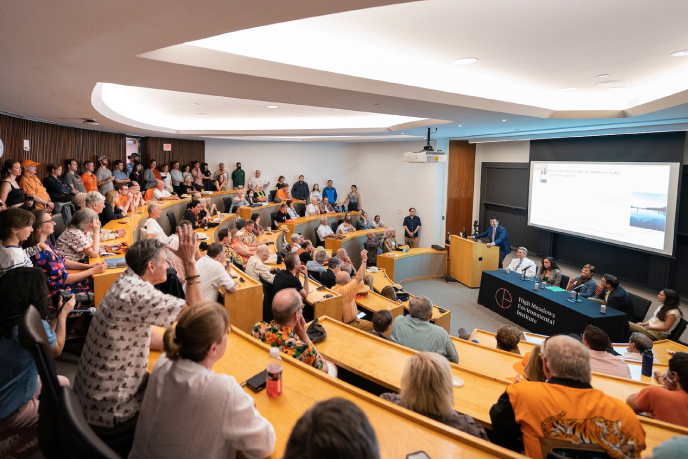Julian Gottfried ’24


Ecology and Evolutionary Biology
Climate Change, Plant-Pollinator Interactions, and Hummingbird Color Vision in the Rocky Mountains
I studied hummingbird-flower interactions and hummingbird color vision to understand how shifting climatic factors are causing a timing mismatch between pollinators and the flowers they visit. I worked setting up field cameras on dozens of flower species so the research team could quantitatively assess how hummingbirds use resources, and how their usage is changing over the years. We introduced techniques to monitor difficult flower species and expanded the scope of the project to more flowers. We also used spectrophotometry and ultraviolet imaging to build a database of color measurements for regional flowers that could help us determine how hummingbirds use color vision in pollination. The range of imaging technologies was fascinating and challenging, each requiring different methodologies. Finally, we created protocols for floral transects to collect data on shifting populations. I learned how to troubleshoot sensitive equipment in the field, gained experience in developing and testing scientific protocols, and honed my skills in natural history. This internship gave me an excellent frame of reference for what fieldwork and ecological research entail, and I look forward to processing and analyzing the summer’s data as I continue to work with the lab.
* This internship is connected to the HMEI Climate and Energy Challenge project, “Investigating the Effects of Climate Change on Hummingbird Sensory Landscapes.”
2021
Biodiversity and Conservation
Stoddard Lab, Department of Ecology and Evolutionary Biology, Princeton University- Rocky Mountain Biological Laboratory, Gothic, Colorado
Mary Caswell Stoddard, Associate Professor of Ecology and Evolutionary Biology



